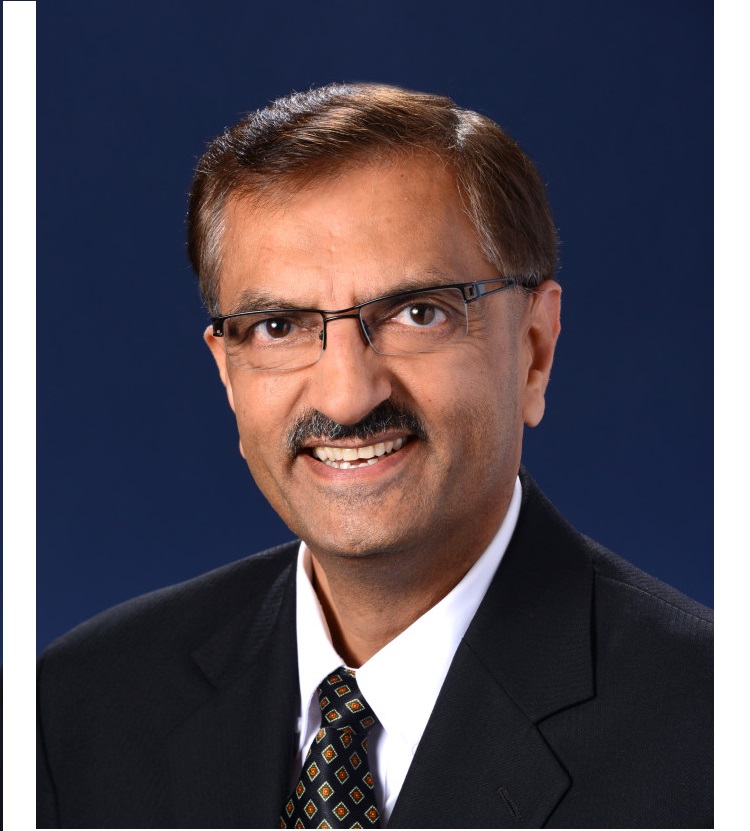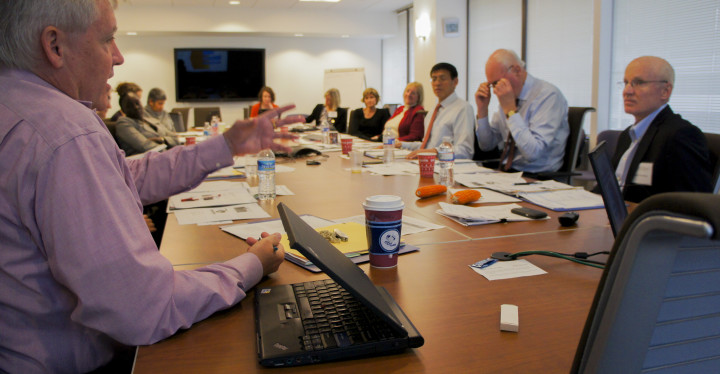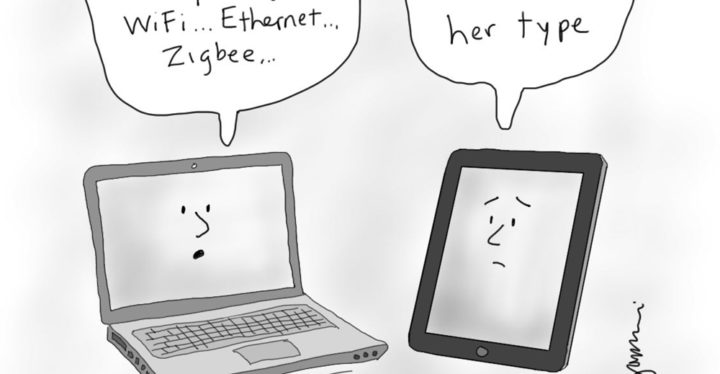Ethernet, the Networking Standard: More Mature, More Powerful
Where the whole world is going with Ethernet
Many people, especially technology historians, often ponder “Where would the world be without Ethernet?” Now, such a rhetorical question typically has no answer because you cannot rewind time, remove Ethernet from being invented, and let time fast forward to the present day. However, we have many active contributors amongst us who have been part of that history as it has evolved over the past 30 years. The Evolution of Ethernet Standards in 802.3 Working Group covers great details on the history of not just Ethernet standards development, but many dot standards that have led to support of wide-ranging applications. For me, just the first sentence captures the past, the present, and the future that I’d like to know more about:
Ethernet is constantly evolving, adapting to the needs of the networking world, addressing the requirements of both operators and end-users, while making sure that the resulting technology is cost-efficient, reliable, and operates in a plug and play manner. One of the fastest growing uses of Ethernet is in automotive applications. As the world moves towards auto-pilot cars, electronic components and smart sensors must be networked to ensure the whole vehicle is a safe, controlled environment. This means many safety devices such as a dozen cameras, GPS system and controllers for the brakes and acceleration, and collision avoidance systems must be networked together. Of course, it is not a simple matter of taking the Ethernet protocol and implementing it into chips to control automotive electronics. Unlike climate controlled environments of office buildings, homes, or most factory floors, vehicles offer some of the harshest environments one has to deal with in terms of temperature range, moisture, and dirt. An Ethernet standard is no exception. Then there is all the communication that takes place between cars, or more broadly, vehicles on the road: vehicle-to-vehicle communication. That means wireless communication and more complex protocols have a wide range of performance, power, and distance requirements. This is where the work of the IEEE 802 Working Group will have a profound impact on us all. Some of the most recently completed work on automotive Ethernet standards will begin to show up in cars by 2020, resulting in vehicles that are significantly automated, safer, and even more entertaining than the 2017 models.
For those who grew up using 10 megabits per second (10Mb/s) Ethernet, you may recall how ecstatic you were when the bandwidths increased to 100 Mb/s and then to 1Gb/s; 100x better. Although those speeds were truly amazing, it is still not even good enough for the members of the 802.3 Working Group. Their work has gone on to enhance the standard over these 30 years to 400Gb/s. That’s how these and other standards are changing our lifestyle, making us more productive, and benefiting humanity.
As the years unfold, the world is going to be more connected, whether it is the Internet of Things (IoT) that takes over the world or some other forms that evolve. That is why some of the members of the Ethernet Working Group also focus on a framework for these standards and their interoperability.
So, instead of debating what could have been without Ethernet, let’s look at the future trajectory of Ethernet–or more precisely, of networking standards under IEEE 802. This particular eMagazine issue is full of such information to ignite your imagination on the many possible applications of Ethernet and smart technologies.
Happy Reading!
Yatin Trivedi
Yatin Trivedi
Editor-in-Chief, SEC eZine
Member, IEEE-SA Board of Governors
ytrivedi@ieee.org
Yatin Trivedi, Editor-in-Chief, is a member of the IEEE Standards Association Board of Governors (BoG) and Standards Education Committee (SEC), and serves as vice-chair for Design Automation Standards Committee (DASC) under Computer Society. Since 2012 Yatin has served as the Standards Board representative to IEEE Education Activities Board (EAB). He also serves on the Board of Directors of the IEEE-ISTO and on the Board of Directors of Accellera.
Most recently, Yatin served as Director of Strategic Marketing at Synopsys. In 1992, Yatin co-founded Seva Technologies as one of the early Design Services companies in Silicon Valley. He co-authored the first book on Verilog HDL in 1990 and was the Editor of IEEE Std 1364-1995™ and IEEE Std 1364-2001™. He also started, managed and taught courses in VLSI Design Engineering curriculum at UC Santa Cruz extension (1990-2001). Yatin started his career at AMD and also worked at Sun Microsystems.
Yatin received his B.E. (Hons) EEE from BITS, Pilani and M.S. Computer Engineering from Case Western Reserve University. He is a Senior Member of the IEEE and a member of IEEE-HKN Honor Society.




